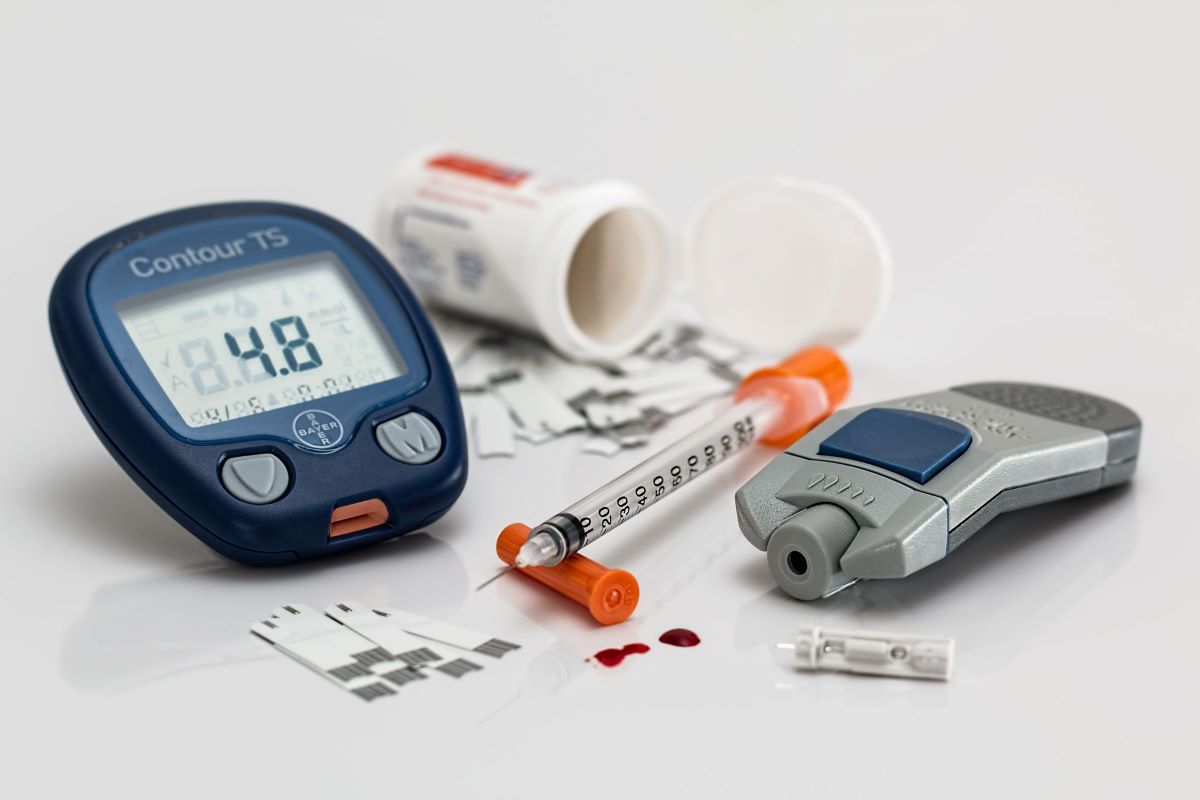The life expectancy in the homeless population is astoundingly lower than that of the housed population. Studies suggest the average male homeless person will die at the tender age of 56. A female homeless person will average even fewer years of life, passing away at a median age of just 52.
On a subconscious level, many want to assume the majority of homeless deaths result from drug overdoses or extremely high alcohol levels. Some might even consider the elements, such as extreme weather, pollutants, toxins, even violence.
The heartbreaking reality is a vast number of homeless people expire quietly into the night, dying of curable diseases. One of the most common of these is diabetes.
A Few Years Back, A 30-Year-Old Homeless Diabetic Woman Came Within Inches of Her Life
In a rattling recount of events, Assistant Professor of Medicine Dr. Elizabeth Dzeng tells the tale of an unnamed homeless woman whom she calls “Leslie”. Leslie had been homeless for some time. Her struggle with Type 1 diabetes led her to be admitted to hospital after hospital for diabetic complications. She could have better managed her condition if she had a stable house to live in. On one occasion, her sugar levels reached such critical highs that she went into a diabetic coma, falling within mere inches of her life. After narrowly surviving the incident, Leslie revealed to Dr. Dzeng that she had trouble managing her diabetes because she was regularly robbed for her medication.
Sadly, her story is not an isolated incident. It’s just one of the few that garnered mass media appeal. There are many more stories just like Leslie’s that go untold.
Diabetes Is Not Only More Prevalent in the Homeless Community, It’s Also More Difficult to Manage
Statistics show diabetes is on the rise in the homeless community and multiple factors are causing these results. As of 2018, at least 17% of homeless people suffered from diabetes. Compare that with the housed population whose numbers remain steady at approximately 9.4% and the contrast is already apparent.
A very specific medical study proved homeless women who were given housing vouchers became 20% less likely to get diabetes than homeless women who did not. Through this study, we see the undeniable impact housing has on preventing serious illness, including disordered insulin diseases like diabetes.
The question then becomes why…
Why Is Diabetes So Much More Prevalent and Dangerous for Homeless People?
The answer, in a word, is control, or the lack thereof. Due to their nightmarish living circumstances, homeless people have very limited control over aspects of everyday life impacting their health. Some common roadblocks increasing diabetic ratios within the homeless population include the lack of control over:
Food.
Many homeless people are offered low-quality food. Oftentimes high in sugar and low in nutrients, it is bad for their body.
Healthcare.
For members of the homeless population, access to health services is limited or non-existent. This condition is no fault of their own. But they do suffer the immediate and long-term consequences of living without healthcare. This lack of control over healthcare gives way to a lack of control over health. Many homeless people who could have avoided the condition in a pre-diabetic stage were not informed of their condition until it was too late.
Medication Management and Distribution.
For the rare few members of the homeless population who are able to achieve a diagnosis and perhaps even change their diet, medication management can be the biggest obstacle. Diabetic medication is difficult for housed people to afford and near impossible for poverty-stricken homeless people to afford. One must pay for medication and store it in a safe place where it won’t be stolen or go bad. The 30-year-old woman who emerged from a diabetic coma claimed her medication was regularly stolen when she slept unsheltered. She added people robbed her of her medication even more often when she stayed in shelters.
The Health Epidemic in the Homeless Community is Real and Costly on Every Level Imaginable
Homeless people are more susceptible to many illnesses and diseases because of the inhumane conditions they must endure. It’s important to support local doctors and health professionals on their quest to treat homeless people before it is too late. It is equally, if not more important, to support affordable and supportive housing programs for homeless people on a state and national level.
In a society priding itself on innovation, poverty-stricken people should not die from easily managed or treated diseases. They should also not be exposed to preventable diseases simply because they have no safe place to call home.
Contact your local legislators right now and ask them what their plans are for ending homelessness and bringing this system of sickness to an immediate halt.













